You’ve seen those spectacular images sent back to earth by the Hubble telescope. But don’t forget that back in 2009, the telescope spent six days undergoing an overhaul in the cargo bay of the space shuttle.
“The spacewalkers overcame frozen bolts, stripped screws and stuck handrails,” NASA reported, adding that in the process, four new or rejuvenated scientific instruments, new batteries, a new gyroscope and a new computer were installed.
Sounds sort of like a classic car restoration, right? Well, for one of those spacewalkers, the environment may have been new but such mechanical restoration work was something he’d been doing since he was a teenager restoring a 1967 Ford Mustang in the family garage in north suburban Detroit.

In March 2018, astronaut Andrew J. “Drew” Feustel will make his third flight into space, and this time he’s scheduled to spend six months in the International Space Station where, during any free time he may have, Feustel might be found sketching out car designs.
“I wanted to be an automotive designer,” Feustel said during a recent pre-flight interview.
But back when he was a teenager enrolled at Oakland Community College in Michigan, Feustel had declared two majors. One, as you might expect, was industrial and automotive design. But the other was geology.
At that point, Feustel already had spent five years restoring his Mustang, and while in junior college, he took a part-time job at a shop where he helped restore vintage XK Jaguars.
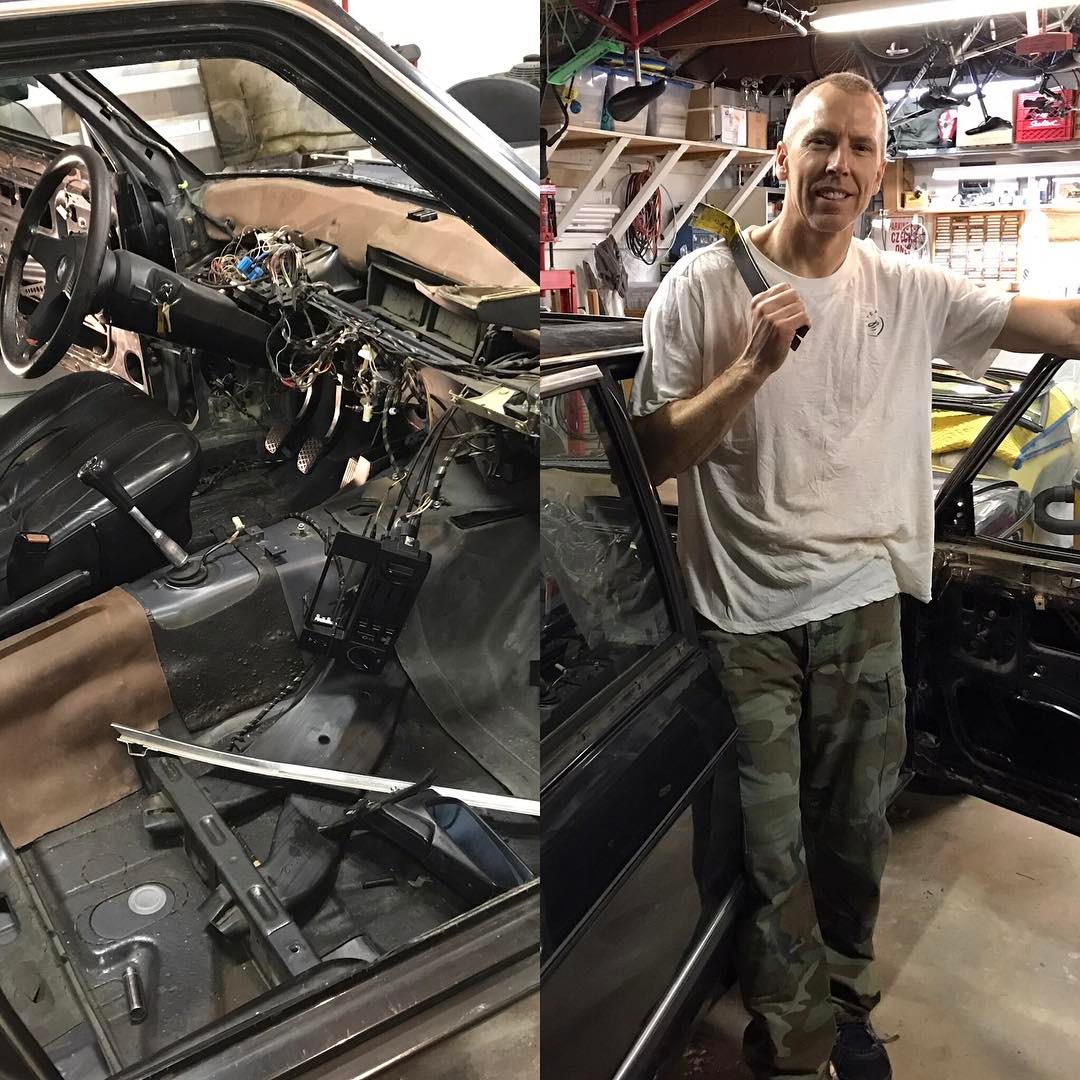
Yet for Feustel, the lure of someday mining in space proved more alluring than even that of creating future earthbound transportation devices.
“But I still will take a pencil and doodle out a car design,” said Feustel, who has restored and owned a long enough list of collector vehicles that when asked to name them, he starts to do so, but then he remembers others, and then even more.
From time to time, he said, “My wife says I have to sell them, but how can you sell a good car?”
At the moment, the collection includes five, or maybe it’s six, vintage vehicles, plus two family daily drivers.
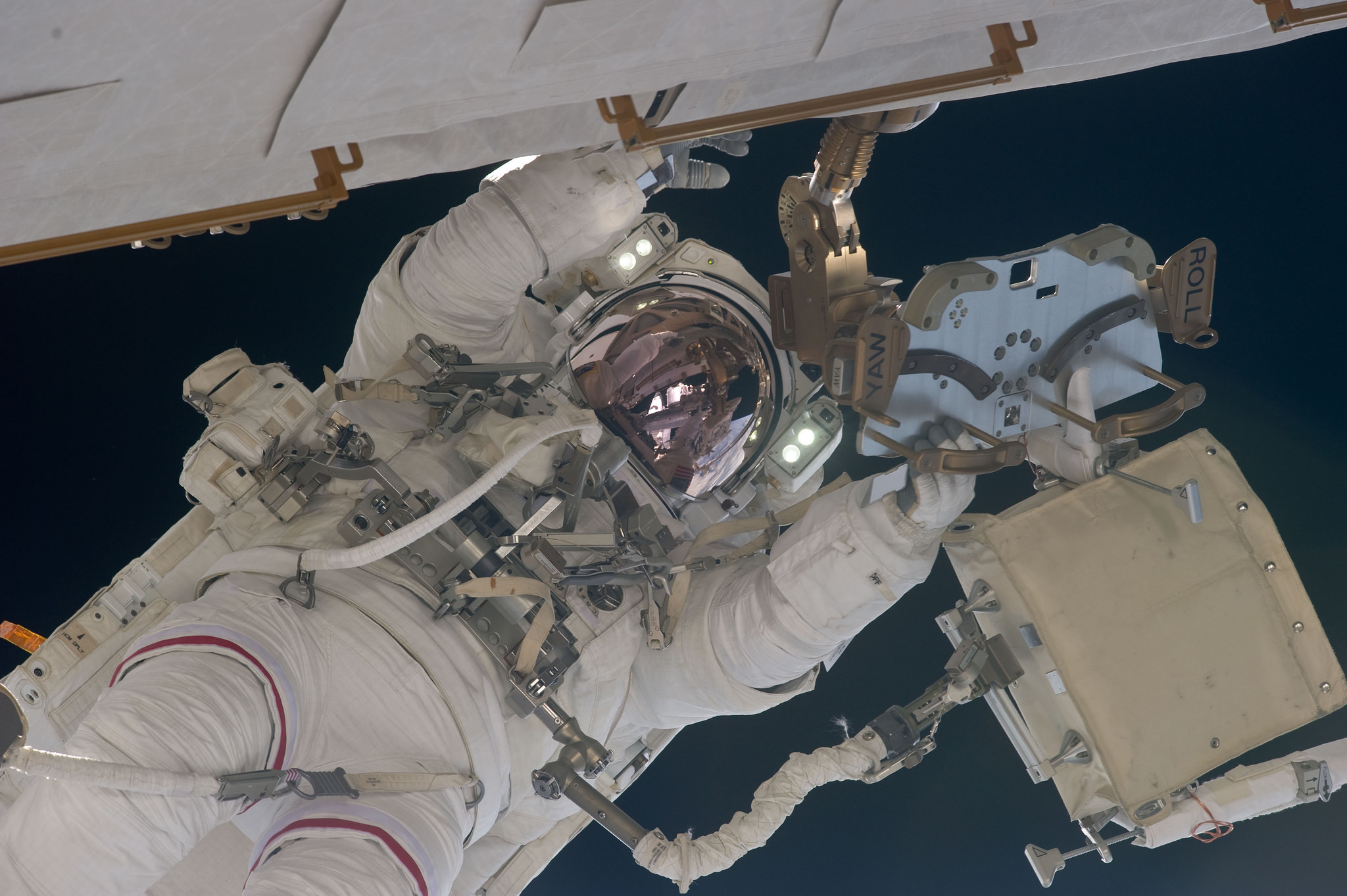
From Oakland Community, Feustel transferred to Purdue University, which has spawned more astronauts than any other school. At Purdue, he earned an undergraduate degree in solid earth sciences and a master’s in geophysics. He also met his future wife, a Canadian, and they lived in her native country while Feustel earned his Ph.D. in geological sciences with a specialization in seismology at Queen’s University.
Feustel was both following family tradition and laying the groundwork for the possibility of a career in space when he enrolled at Purdue. A great uncle had graduated from the Indiana university with a strong reputation in engineering and science in 1905. Both Feustel’s father and another uncle also had gone there.
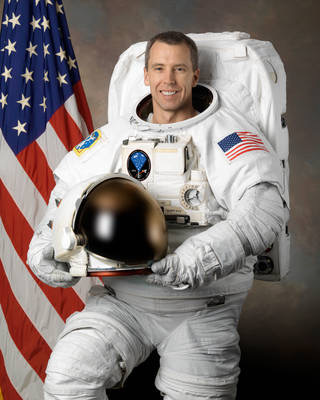
But while mining into the Earth would be an interesting career, what really attracted Feustel’s interest was the potential for mining on other planets.
A former Purdue classmate called one day to say Exxon-Mobil sought someone with Feustel’s expertise. That meant moving to Houston, which Feustel knew also was the location of the Johnson Space Center. Three years after the move, Feustel applied to NASA. He was accepted into the astronaut program the following year, 2000, and made his first flight as part of the crew of STS-125 (Atlantis) in 2009.
In 2011, he flew on STS-134 (Endeavour), in part to deliver the Alpha Magnetic Spectrometer for comic-ray particle physics studies. On that mission, he was the lead spacewalker, again logging more than 20 hours outside the Shuttle.
In March, Feustel and Ricky Arnold will join Oleg Artemyev in a Soyuz MS-08 that will take off from the Balkonur Cosmodrome in Kazakhstan en route to the space station, where they will take part in 250 research and technology projects, part of it aimed at future long-duration human and robotic exploration into deep space.
“All the work is science sent to space by researchers on the ground,” Feustel explained. “Our job is to be the hands, eyes and ears of those folks, to make sure the data is collected and the systems keep working.”

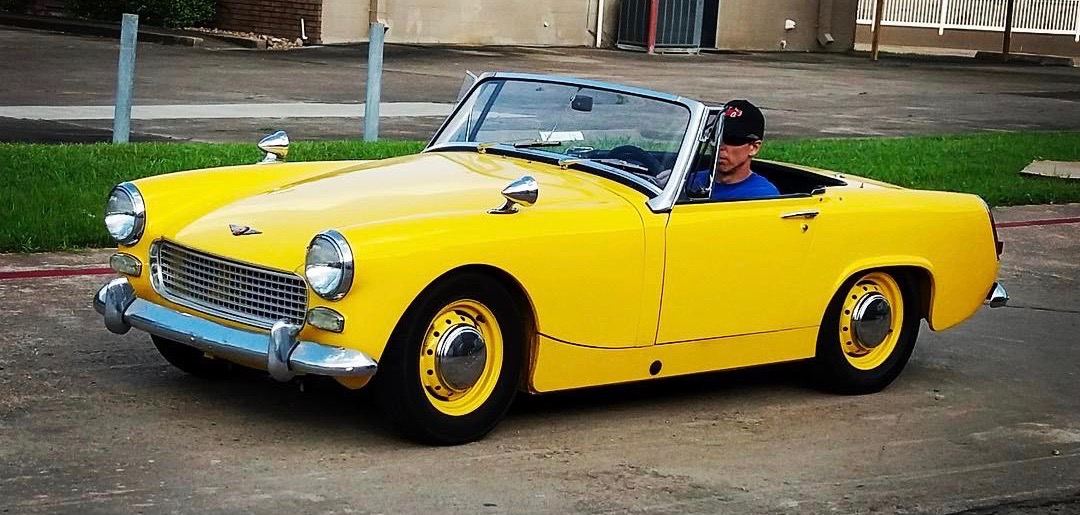
Their flight also is part of NASA’s Year of Education on Station initiative to inspire educators and students in STEM studies. Because of his car restoration hobby, Feustel also has become an ambassador for the RPM Foundation, working with auto restoration students and involving them to out-of-this-world activities.
Back when he enrolled at community college, another student said he knew someone who was opening a shop to restore old cars. Feustel had finished his Mustang, went along to the see the shop and saw a CV joint sitting on a workbench. The joint had been taken apart, but its reassembly confounded the mechanics.
Feustel asked if they had a manual, looked at the reassembly drawings, realized they had one part turned around and helped put the joint back together. He was hired immediately and spent the next three years helping to rebuild and restore dozens of XK-era Jaguars.
As a young collector, Feustel’s interests were Detroit muscle. He’s had ’67 Mustangs, coupes and convertibles, a 1968 Ford Torino, a 1966 Mercury Cyclone with a big-block V8. But he also had a ’68 Volkswagen fastback, a departure from his other vehicles. Later, his focus turned toward Europe with a slate of BMWs – a ’73 3.0 CSI, a ’72 2002 tii, an ’87 635 and a ’90 M3 – and a ’66 Austin Healey Sprite. He currently is restoring a 1970 Mercedes-Benz 280 SL.

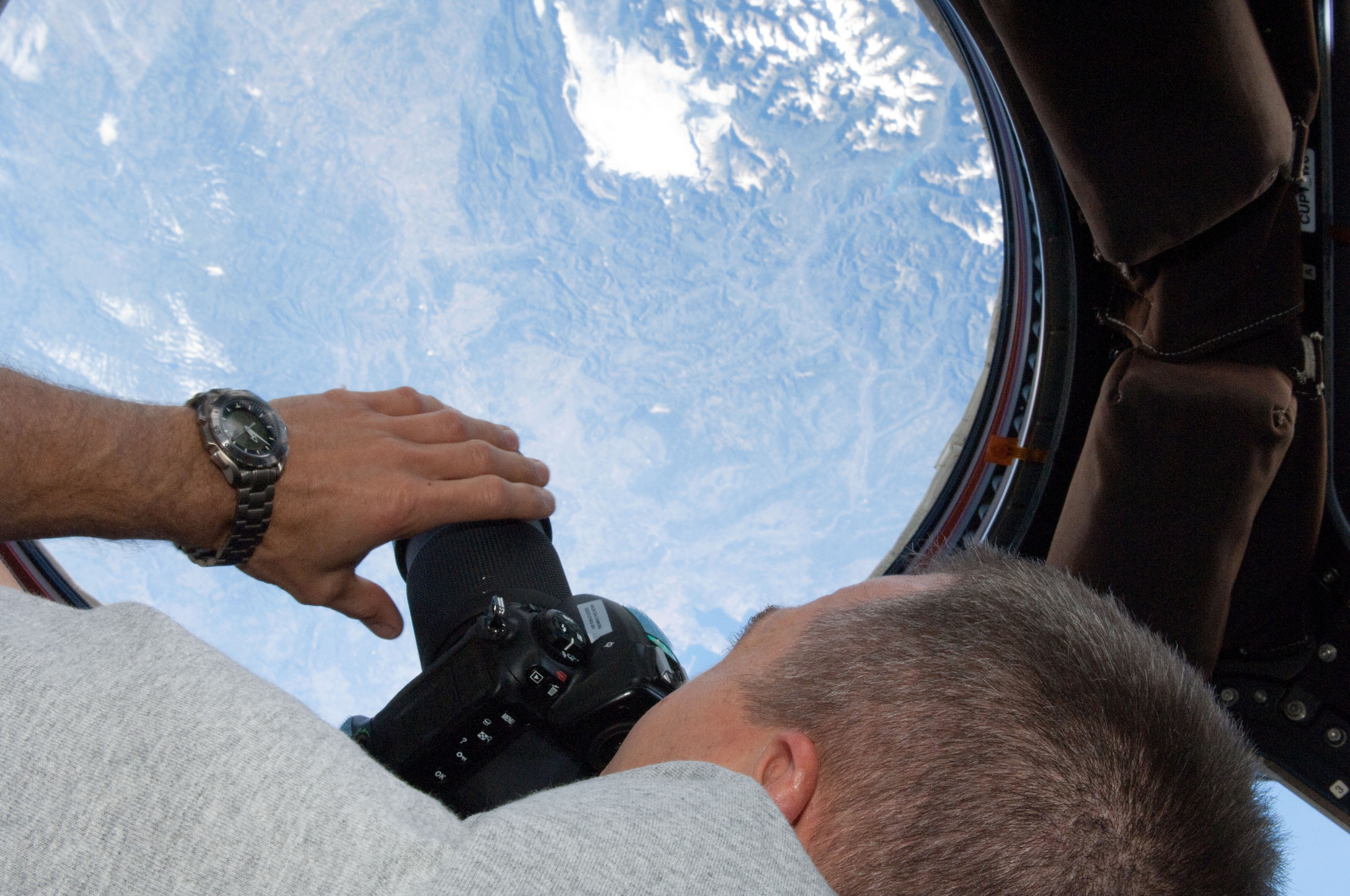
Feustel said he’s looking forward to his upcoming mission and the opportunity it presents to “live in space.” While helping to pave the way for people to live for much longer duration in space, he’ll also be thinking about what the future of life on earth will be for car enthusiasts.
“I think about it a lot,” he said. “I wonder if cars and combustion engines are part of something that someday will be gone.
“But I think it’s a lot further off than we might think. Integrating self-driving cars into our infrastructure and society… the cars might be capable but I’m not sure we’ll be capable (of accepting such change) very soon.”
As for the electrification of passenger cars, Feustel is among those who believe there’s no substitute for hearing and smelling and feeling a combustion engine launching you down a roadway.
Nonetheless, he realizes that in an electrified future, fossil fuels could become a niche power source, supplied for vehicles restricted to specialized places, such as race tracks, driving clubs and some public roads.
“But,” he added, “there will always be a group in the society that will want to keep classic cars and antiques around, and not just because they’re automobiles, but because they represent a part of history.
“And a lot of us just like to work with our hands,” said the would-be car designer, “and this is one place we can do that, and make some real masterpieces.”



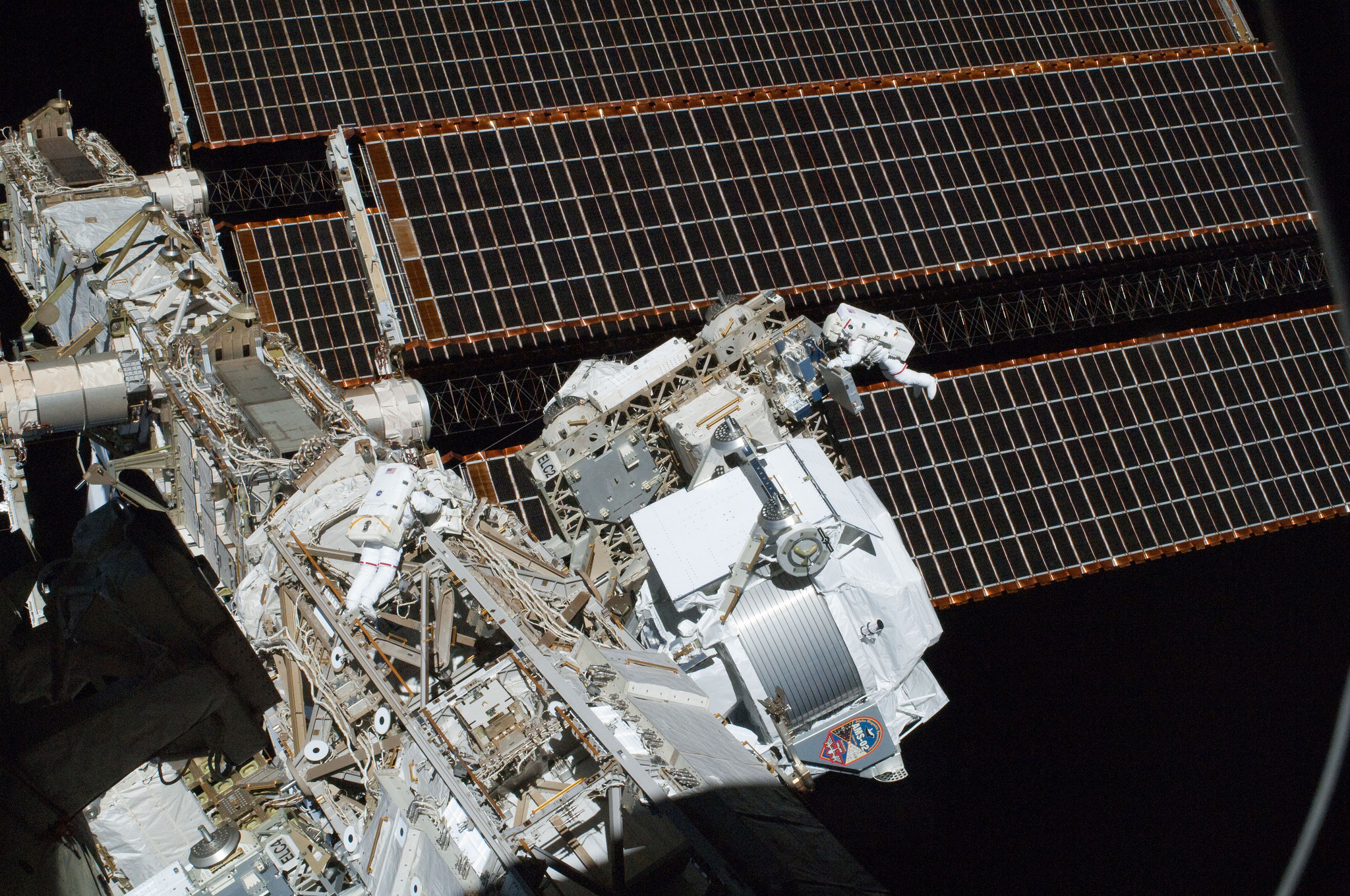


You would think a car guy in space would make an effort to record the series number of the London Route-master Double Decker known to be on the moon……….Happy Christmas all
Great article! It’s a thrill to see an astronaut who loves Bimmers as much as Corvettes. I’ve got both in my driveway. Mine is a 633 — my husband (the space engineer) takes his Corvette to work.